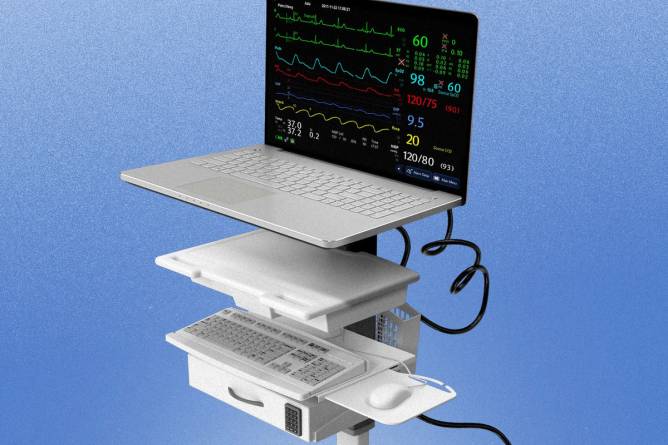|
The healthcare industry isn’t exactly known for being the greenest, with some data suggesting the sector contributes to 4.4% of the world’s greenhouse gas (GHG) emissions—particularly in the US, which produces 546 million metric tons of carbon dioxide, making up about 7.6% of the country’s total carbon output, according to a September 2019 study.
But with federal funds from the Inflation Reduction Act (IRA), some hospital systems are able to make green moves while benefiting from tax breaks, Modern Healthcare reported.
Though hospital systems seem to be financially going through it lately (see Steward Health Care), IRA tax credits can cover up to 30% of “qualifying investments in wind, solar, energy storage, and other renewable energy projects,” according to the Department of Treasury, with additional benefits available for systems in low-income areas or those that use clean energy materials manufactured in the US. These funds can be further bundled with state or federal grants, according to Modern Healthcare, and are used for everything from implementing solar energy to setting up electric vehicle charging stations in parking lots and switching to more eco-friendly lighting.
A spokesperson from the Department of Health and Human Services (HHS) told Modern Healthcare that the federal government has seen increased interest from healthcare providers about how to leverage their tax credits for energy-related projects.
Keep reading here.—NO
|









